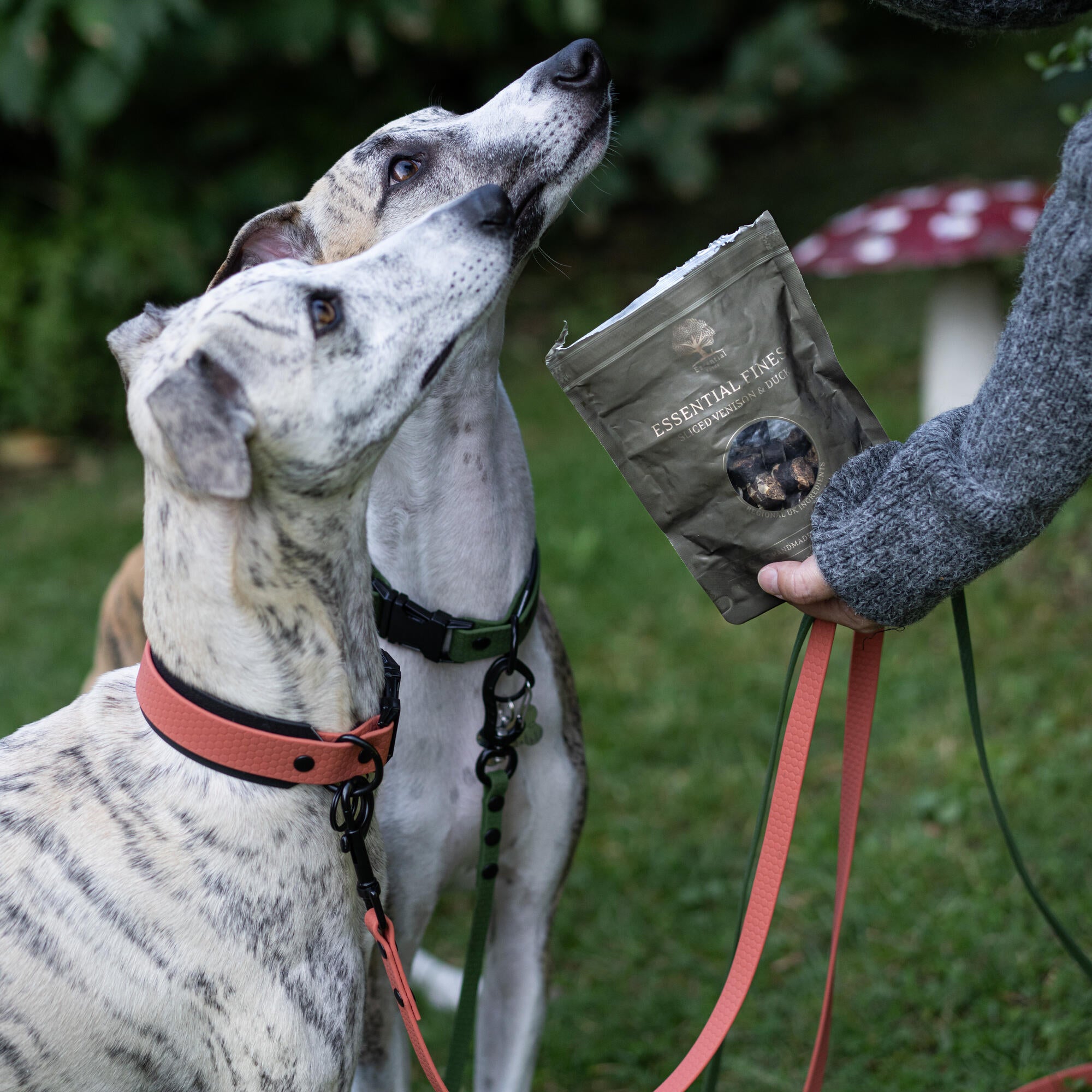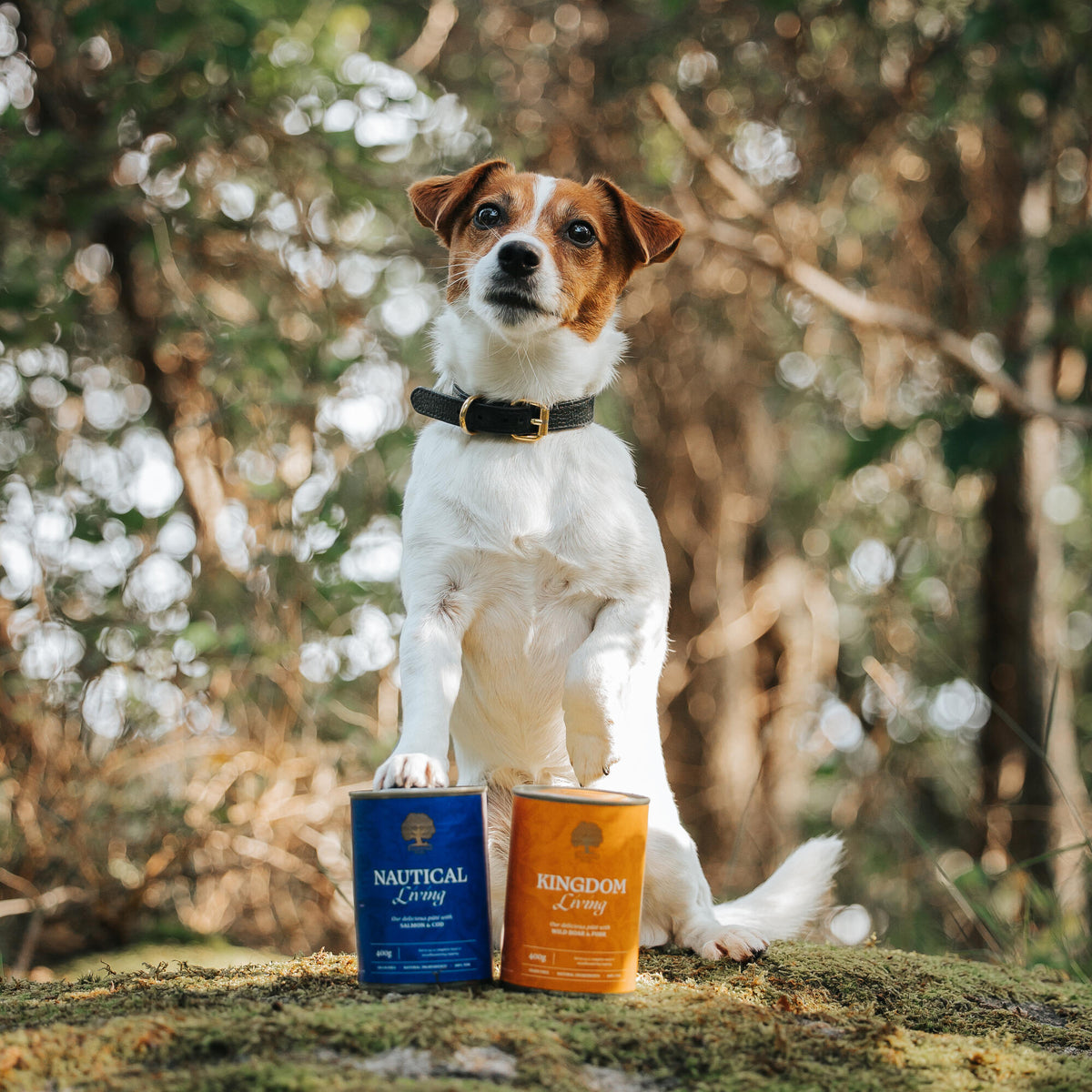Your Cart is Empty

Dogs, much like humans, thrive on variety and stimulation. Regular walks are crucial for their physical health, but the same route can become boring over time. Let’s delve into the nuances of canine behavior and explore whether dogs get bored of the same walk.
Walking is an essential exercise for dogs, promoting cardiovascular health, maintaining weight, and improving joint flexibility. Regular physical activity helps prevent obesity and related health issues, ensuring your dog remains fit and active.
Walks offer more than just physical benefits; they are a primary source of mental stimulation. New sights, smells, and sounds engage a dog’s senses, providing a rich sensory experience that is crucial for mental well-being.
When dogs become bored with their walking routine, they may exhibit changes in behavior. This can include reluctance to go on walks, lack of enthusiasm, or even destructive behavior at home due to pent-up energy.
A dog that is bored with its regular route might start to explore more vigorously, pulling on the leash to investigate new areas or becoming distracted easily. This is their way of seeking additional stimulation.
One of the simplest ways to keep walks interesting is to vary the route. Exploring new neighborhoods, parks, or trails can provide fresh environments and new scents, which are highly stimulating for dogs.
Incorporating activities like fetch, agility training, or scent work during walks can break the monotony. These activities challenge your dog mentally and physically, making walks more engaging.
Walking at different times can expose your dog to different stimuli. Morning walks might be quieter, while evening walks could be more bustling. This variety can make each walk a unique experience.
Dogs have an extraordinary sense of smell, far superior to humans. This sense is a primary way they explore and understand their environment. Scent trails left by other animals, humans, and environmental changes provide significant mental stimulation.
Incorporating scent-based activities during walks, such as letting your dog follow a scent trail or hiding treats for them to find, can make the experience more enriching. These activities leverage their natural instincts and provide mental exercise.
While variety is important, maintaining a consistent routine is also beneficial. Balancing regular walking times with varied routes and activities can provide both security and excitement for your dog.
Pay attention to how your dog responds to changes. If they seem more engaged and happier, it’s a good sign that the variety is beneficial. Conversely, if they show signs of anxiety or stress, adjust the routine accordingly.
Including socialization opportunities, such as visits to dog parks or playdates with other dogs, can add a valuable social dimension to your dog’s walks. This not only prevents boredom but also enhances their social skills.
Dogs can indeed get bored of the same walk, which can affect their behavior and overall well-being. By varying the walking routes, incorporating new activities, and understanding the importance of mental stimulation through scent, dog owners can ensure their pets remain happy, healthy, and engaged. Regularly assessing and adjusting the walking routine based on the dog’s response will help maintain an enriching and enjoyable experience for both the dog and the owner.


